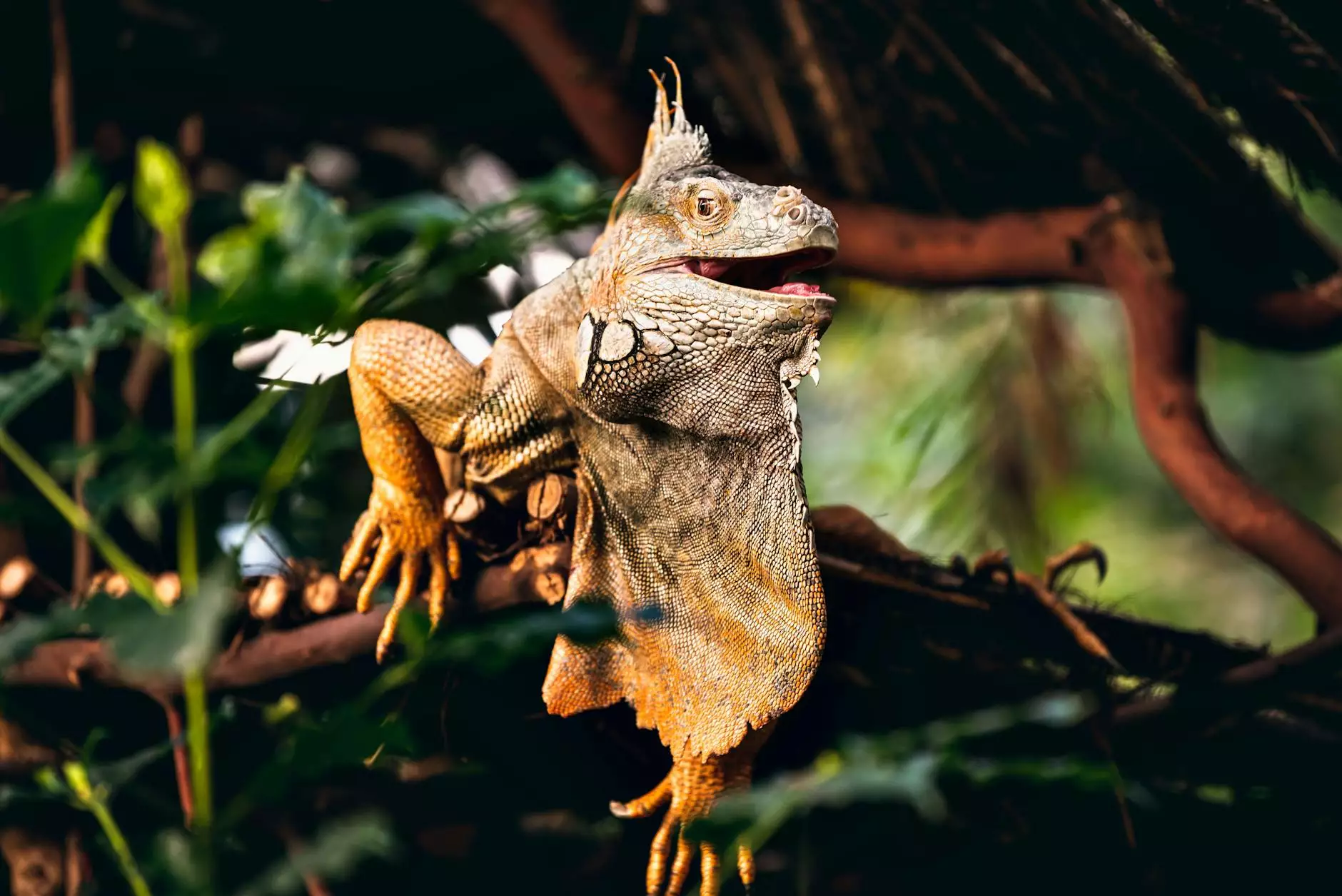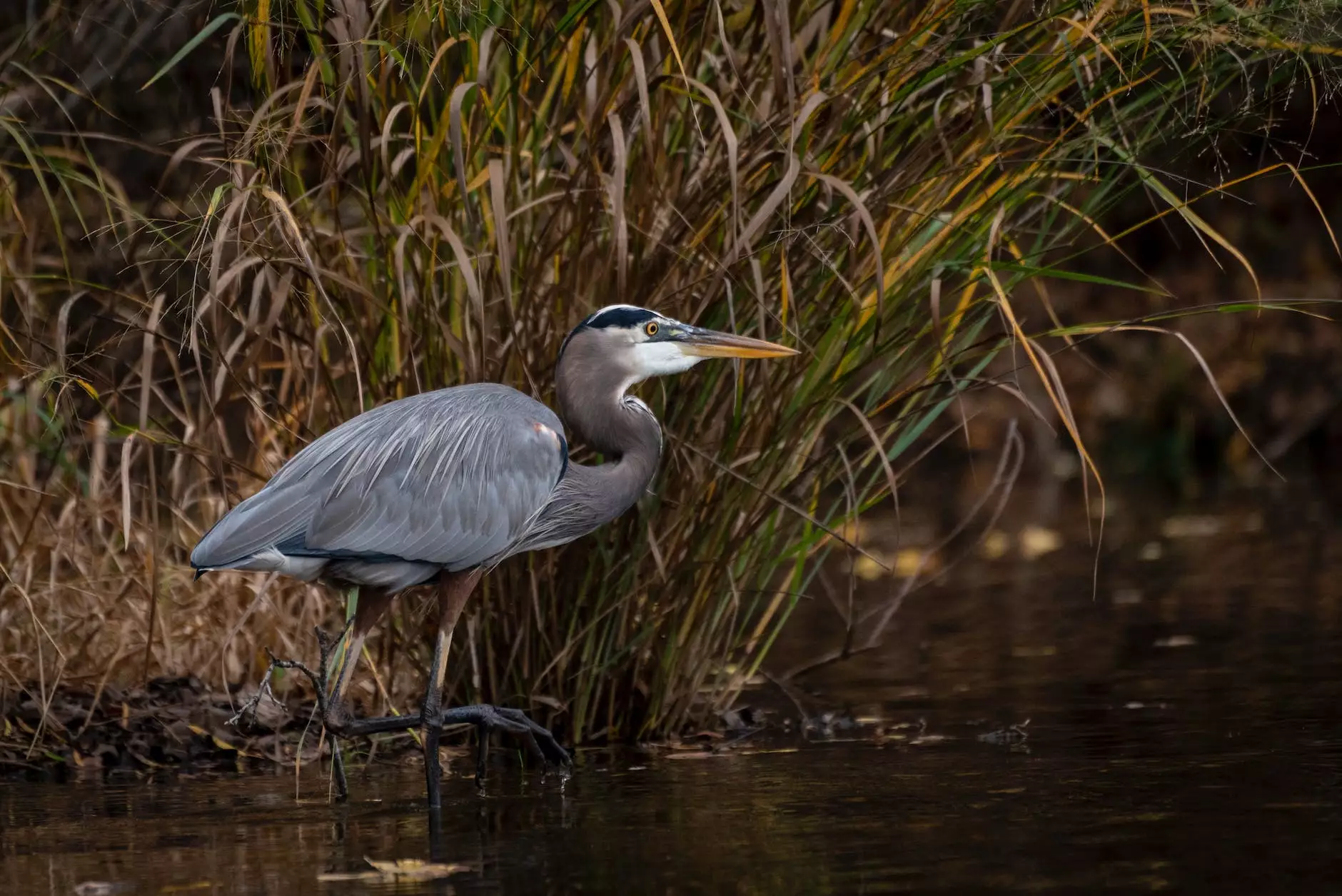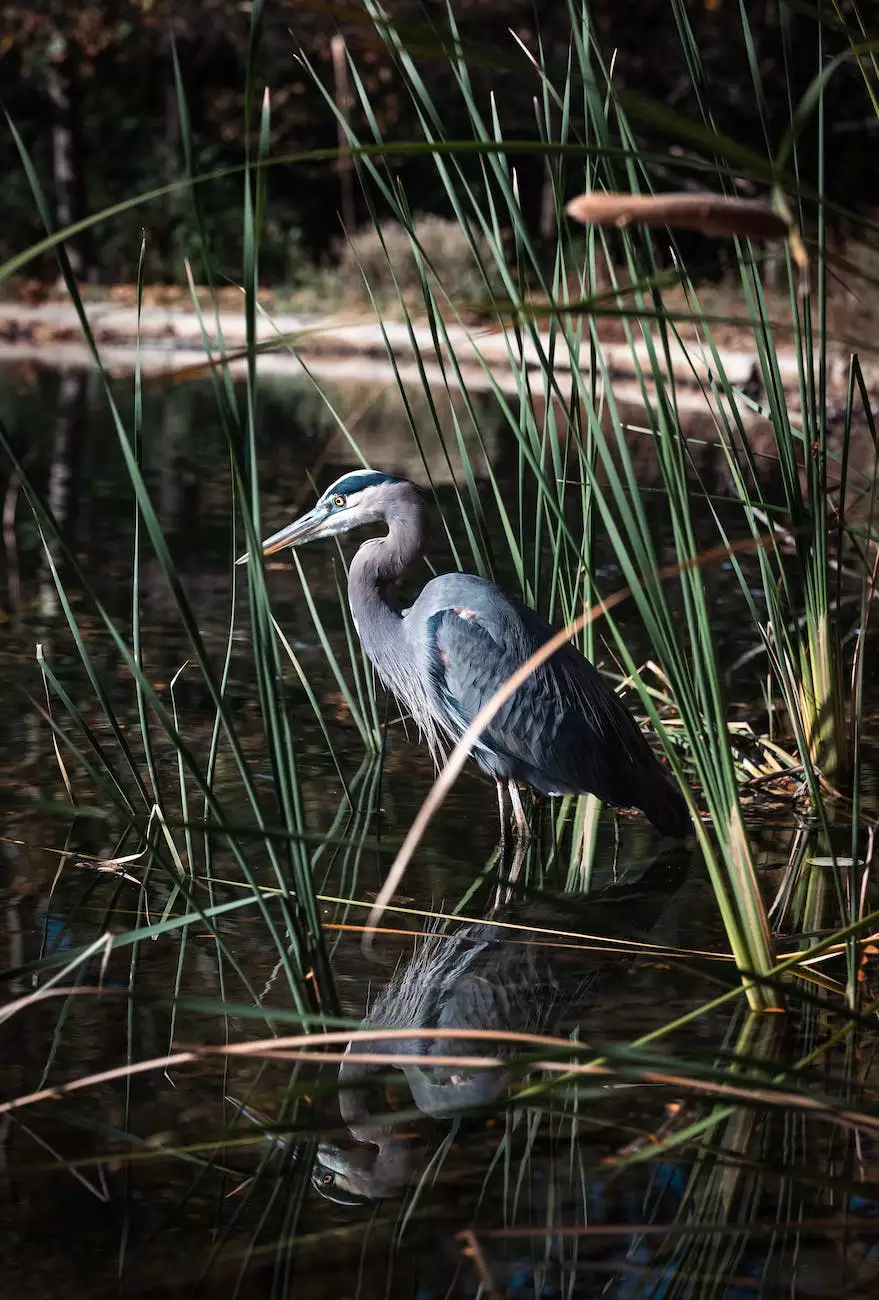The American Alligator vs. the Nile Monitor Lizard

Introduction
Welcome to Aventuras Naturales, your ultimate guide to exploring the wonders of nature. In this article, we delve into the thrilling duel that takes place between the American Alligator and the Nile Monitor Lizard, two ancient reptiles renowned for their strength and adaptability.
American Alligator: A Fierce Predator
The American Alligator, known by its scientific name Alligator mississippiensis, is a magnificent reptile that resides primarily in the southeastern United States. Its name comes from the early Spanish explorers who dubbed it "el lagarto," meaning "the lizard." This one-of-a-kind creature has existed for over 200 million years, making it a living relic from prehistoric times.
Characterized by its powerful jaws, muscular build, and armored skin, the American Alligator is not a creature to be trifled with. It can grow up to 13-15 feet in length and weigh as much as 1,000 pounds, making it one of the largest reptiles in the world. Its sheer size and strength make it a top predator in its natural habitat, ruling over the swamps, marshes, and rivers it calls home.
Nile Monitor Lizard: The Predator from Africa
The Nile Monitor Lizard, scientifically known as Varanus niloticus, is a formidable reptile native to Africa. It is considered the largest lizard in Africa and can reach lengths of 5-7 feet. It has a robust body covered in rough scales, ranging in color from dark brown to vibrant green.
Adapted to a semi-aquatic lifestyle, the Nile Monitor Lizard is an exceptional swimmer and is well-suited for life in tropical climates. Its sharp claws and strong tail enable it to move swiftly both in water and on land, making it a versatile predator.
Face-Off: Habitat and Range
The American Alligator is primarily found in freshwater habitats such as swamps, marshes, lakes, and rivers throughout the southeastern United States. It thrives in the warm and humid environment, often basking in the sun to regulate its body temperature. With an extensive range that includes Florida, Louisiana, Georgia, Alabama, and Mississippi, they have established their dominance in these regions.
On the other hand, the Nile Monitor Lizard inhabits the riverbanks, coastal regions, and wetlands of sub-Saharan Africa. It can be found in countries such as Egypt, Sudan, Kenya, Uganda, and Tanzania. Their adaptability allows them to survive in various wetland ecosystems, including savannas, swamps, and even deserts.
Physical Attributes: Size and Strength
The American Alligator, as mentioned earlier, can reach astounding lengths of 13-15 feet and weigh up to 1,000 pounds. Their sheer size gives them a significant advantage over many other predators in their territory. Their powerful jaws are lined with sharp teeth, enabling them to latch onto prey with a vice-like grip and deliver bone-crushing bites.
While slightly smaller in size, the Nile Monitor Lizard compensates with its remarkable agility and aggressiveness. With lengths ranging from 5-7 feet, they are known for their muscular bodies and sharp claws, making them excellent climbers. Their long, muscular tail provides balance during their hunts, allowing them to swiftly navigate their surroundings with precision.
Diet and Feeding Habits
Both the American Alligator and the Nile Monitor Lizard possess carnivorous diets, feasting on a variety of prey. The American Alligator primarily hunts fish, turtles, birds, small mammals, and occasionally larger mammals such as deer or wild boar. Its ambush-style hunting technique involves lurking beneath the water's surface and launching ferocious attacks on unsuspecting prey.
The Nile Monitor Lizard, being more versatile in its diet, consumes not only fish and small mammals but also amphibians, birds, eggs, and even carrion. This opportunistic predator scavenges for food as well, using its keen sense of smell to locate potential meals. It can be observed raiding crocodile nests and consuming their eggs, further exemplifying their adaptability.
Behavior and Social Structure
The American Alligator is a solitary creature, preferring to spend its time alone except during the mating season. Males engage in territorial displays and bellowing vocalizations to establish dominance and attract potential mates. Females, on the other hand, are fiercely protective of their nests and eggs until they hatch.
Similarly, the Nile Monitor Lizard is also solitary in nature, except during the mating season. They are highly territorial and mark their territories with scent glands located on their hind legs. Males engage in fierce battles to gain dominance and earn the rights to mate with females.
Conservation Status and Human Interaction
Due to their large populations and protected status, the American Alligator has made a successful recovery since facing a decline in the mid-20th century. Conservation efforts, strict hunting regulations, and protected habitats have allowed their numbers to rebound, ensuring their long-term survival. Today, they are considered a species of "least concern" on the IUCN Red List.
Unfortunately, the Nile Monitor Lizard faces a different reality. Despite being listed as a species of "least concern," it is subjected to hunting for its skin and as a result of being seen as a threat to poultry and livestock. Habitat destruction also poses a significant threat to their population. Conservation initiatives are vital to protecting their future and maintaining the ecological balance in their native habitats.
In Conclusion
The battle between the American Alligator and the Nile Monitor Lizard showcases the incredible capabilities and unique traits of these two magnificent reptiles. While the American Alligator boasts size and strength, the Nile Monitor Lizard relies on its agility and adaptability to survive and thrive. Both play crucial roles in their respective ecosystems, contributing to the intricate web of life in the natural world.
Join Aventuras Naturales on an unforgettable journey as we explore the wonders of nature, uncovering fascinating stories of these astonishing creatures and the many other captivating encounters nature has to offer.










